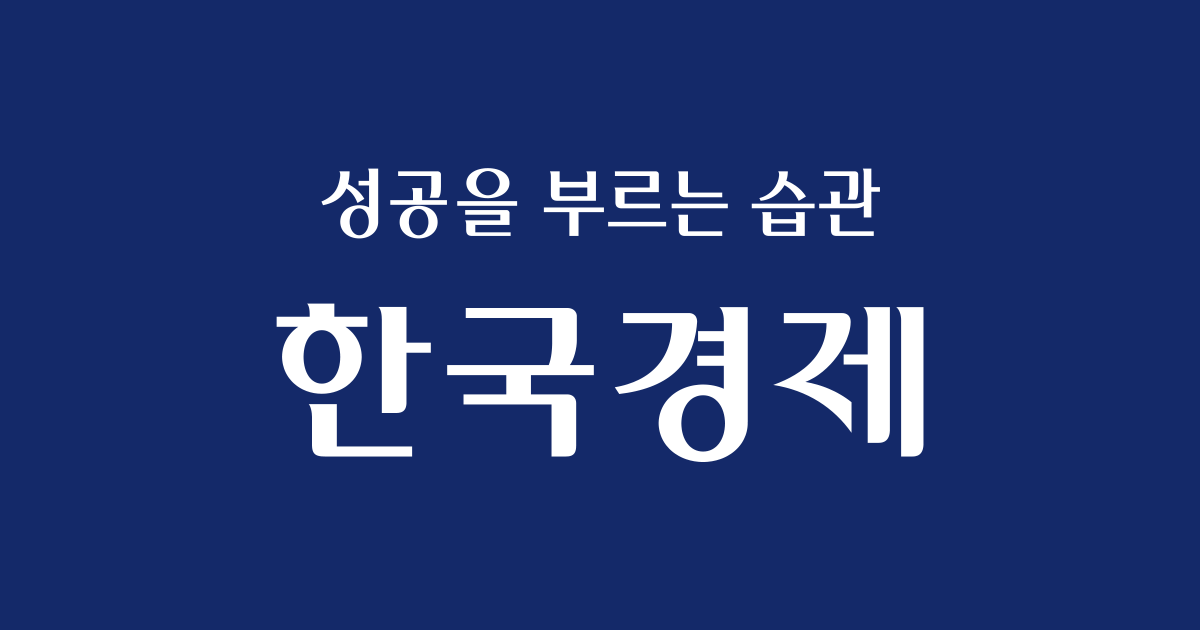Away from general purpose products… A high-performance match
With NB Latex that exceeds the margin rate of 60%
Kumho Petroleum earns in the quarter of a year
Hyosung T&C also surged in spandex profits
Kumho Petrochemical recorded an’earning surprise’ in the third quarter of last year. At that time, the operating profit was 2137 billion won. This is three times as many as the same period last year. It was the effect that the latex glove material’NB Latex’ was sold enormously due to the new coronavirus infection (Corona 19). The company thought it was difficult for the boom to continue. This is because foreign competitors have aggressively increased production. In the industry, “NB latex prices will plummet due to oversupply.”
But the prediction was wrong. The price per ton of NB Latex rose further to $1822 last month. It rose more than 15% from the previous month. Compared to the same month last year, the loan surged 92.6%. It is estimated that Kumho Petrochemical made nearly 300 billion won in profit in the fourth quarter. This is the highest quarterly record ever. It is similar to the amount of profit (367.7 billion won) earned in 2019 alone. An industry official said, “The boom of NB latex is likely to go further for the time being.”
NB latex and spandex, what you call it
The profit scale of domestic chemical companies specialized in’special tea products’ is expanding like a snowball. Specialty refers to a chemical product with functions that are used exclusively in a specific area. It is distinguished from basic chemical products that are widely used in life. NB Latex is a representative specialty product.
According to the industry on the 17th, the price of NB latex continues to rise this year. Exports to China amount to $2300 per ton. Kumho Petrochemical’s NB latex margin soared to an all-time high. Last month, Kumho Petrochemical’s NB latex margin per ton, estimated by a domestic securities company, was $1,256. The margin rate exceeds 60%. An industry insider said, “It’s usually good to have a chemical product margin of over 10%,” he said. “I’ve never seen a product that exceeded 50%.”
The spandex used in yoga clothes and leggings is similar. According to the textile industry, the inventory of spandex factories in China, which account for two-thirds of spandex consumption, has recently dropped to the level of 10 days. Last June alone reached around 60 days. It is significantly below the 30-day proper stock. This means that it will be sold immediately without having to stock up on the factory. The price is jumping to the point that “what you call is price.” An industry insider said, “When Shandong Rui, the third largest spandex in China, declared a default (default) last month, some stocking is seen.”
The profits of Hyosung T&C, the world’s No. 1 spandex, are also rapidly increasing. The company, which recorded an’earning surprise’ with an operating profit of 66 billion won in the third quarter of last year, is estimated to have made a profit of around 90 billion won in the fourth quarter. It is also expected that this year’s quarterly operating profit will exceed 100 billion won.
Lotte Fine Chemical has good performance in the’cellulose’ division. Operating profit in the fourth quarter of last year is estimated at around 30 billion won, a 15% increase from the previous quarter, especially in the cellulose division. Cellulose, which is made from pulp, is a natural ingredient, so it is widely used for food. Typical examples are the thin shell of the pill and the use of texture such as gluten and noodles. Recently, it is known that the profit margin of cellulose producers reaches about 20%.
Hanwha Total Petrochemical’s specialty divisions such as ethylene vinyl acetate (EVA) and low-density polyethylene (LDPE) are leading earnings improvement. The company, which made more than 200 billion won in operating loss in the first half of last year, is estimated to have made up for all losses in the second half of the year thanks to the specialty division and succeeded in achieving an annual surplus.

Lotte Chemical, a major investment in specialty
Specialty was a field in which large-scale chemical companies did not’look’ well. As the market is small and the possibility of product expansion is not great, it is not a business for large corporations. By increasing the number of factories, it increased the production capacity of general-purpose products, and focused on fighting the’economy of scale’.
However, nowadays, the future is betting on the case of’big success’ one after another in the specialty category. Lotte Chemical is representative. The company has set specialty as a strategic fostering field. Expanded polypropylene (EPP), which replaces expanded polystyrene (EPS) called styrofoam, was developed and started to be distributed. Unlike styrofoam, this product does not break easily, so there is no generation of microplastics. The government is working on a project to replace styrofoam buoys, the’main culprit’ of marine debris, with EPP.
They also developed antibacterial plastic materials. Although the price is higher than that of conventional plastics, it is a field in which demand has increased significantly since the corona 19 crisis. Recycled polypropylene (PCR-PP), which can be used as a cosmetic and food container, is also a specialty product. This product is made by mixing about 30-50% of recycled materials such as discarded plastic bottles.
Reporter Ahn Jae-kwang [email protected]
